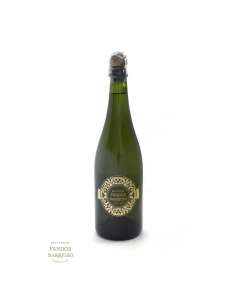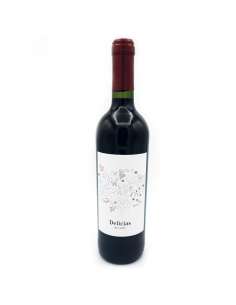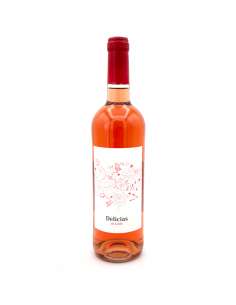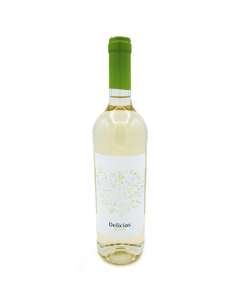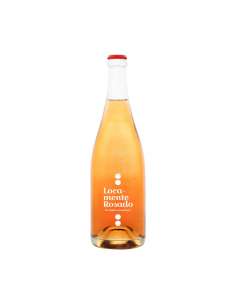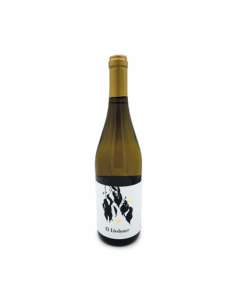If you search for information on this very special wine on your own, you can find several different stories about its creation, but one of the most famous tales dates back to the Champagne region in France during the 17th century.
Because yes, the champagne we all know is a type of sparkling wine, although we never refer to it as such.
According to history, the Benedictine monk Dom Pérignon can be considered one of the pioneers in the development of sparkling wine, although the reality is that its official creator is unknown.
The monk's main contribution was to perfect techniques that prevented bottles from exploding due to gas pressure, something that frequently happened when developing prototypes.
Sparkling wine began to gain popularity in the French court, becoming a symbol of luxury with which the bourgeoisie projected exclusivity.
Over time, production of this type of wine spread beyond Champagne, reaching regions such as Cava in Spain, Prosecco in Italy and the sparkling wines of New Zealand and California, bringing in each region distinctions adapted to their tastes, cultures and traditions.
Today, sparkling wine is obtained through a special fermentation process that captures carbon dioxide (CO₂) in the wine, giving it its characteristic bubbles.

.png)
.png)
